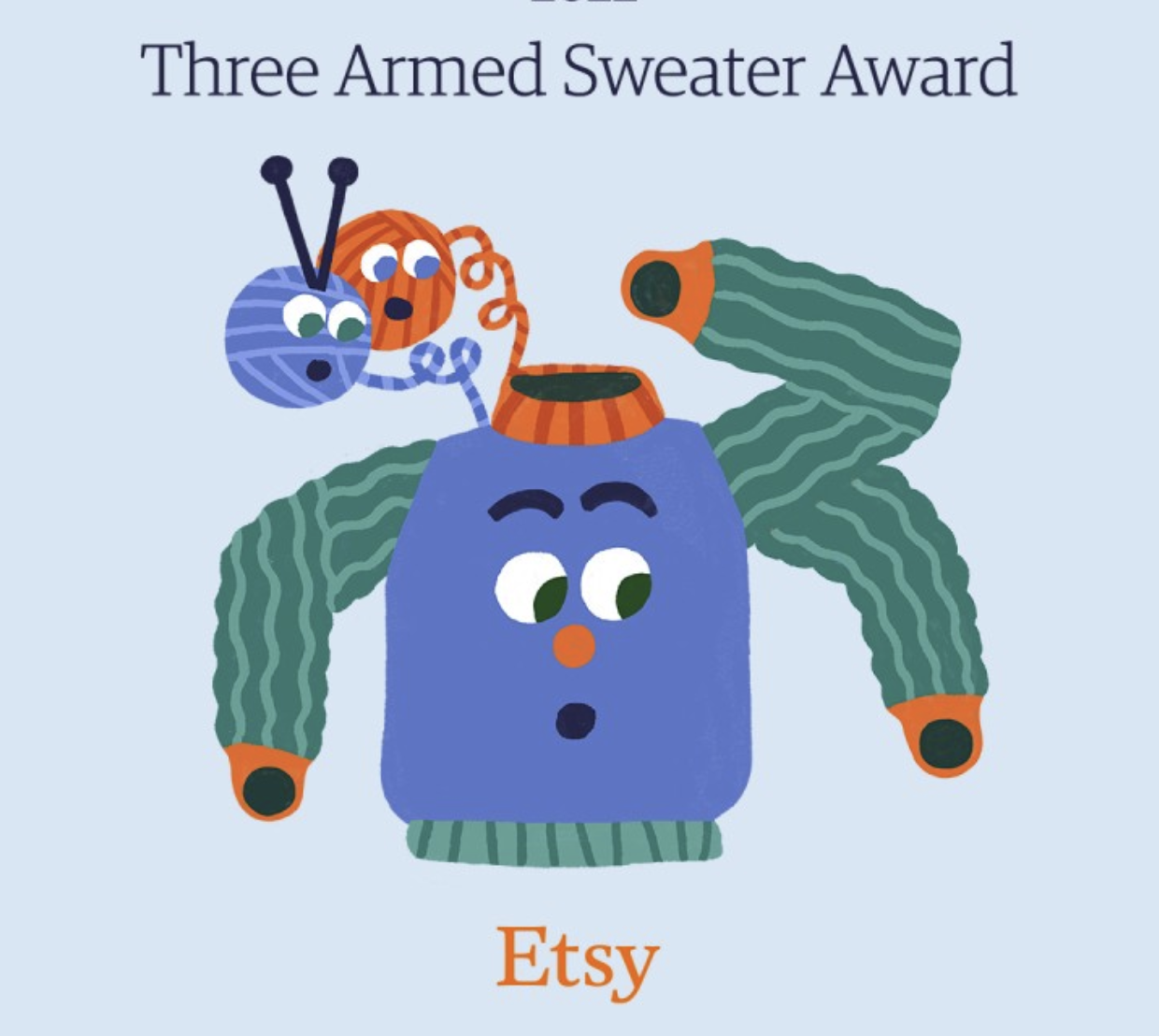Lucky Yatra: Creatively Combatting Fare Evasion

Ever faced a seemingly intractable problem where the "obvious" solutions just aren't moving the needle? We've all been there. You can either keep hammering away with the same old tools, or you can step back and look for a completely different angle, a fresh perspective that redefines the challenge itself. That's exactly what Indian Railways did with a problem that costs them hundreds of millions annually: ticketless travel.
Imagine running a system that serves 24 million people every single day. The sheer scale is mind-boggling. But so is the scale of fare evasion. The traditional response? More ticket checkers, higher fines, stricter enforcement. Essentially, a bigger stick. But the Mumbai division of Indian Railways, alongside the creative minds at FCB India, decided to try a radically different approach, one rooted in a deep understanding of human nature and local culture.
India, as a nation, loves a lottery. There's an inherent optimism, a thrill in the chance to win, that resonates deeply. So, what if buying a train ticket wasn't just about following the rules, but about getting a shot at a windfall? This insight was the genesis of "Lucky Yatra."
The concept is deceptively simple yet profoundly powerful: every legally purchased train ticket automatically becomes a lottery ticket. Suddenly, the mundane act of buying a fare transforms into an opportunity. Commuters aren't just avoiding a penalty; they're gaining a chance to win daily or even weekly cash prizes. It’s a brilliant flip of the script from "you have to buy a ticket" to "you get a chance to win when you buy a ticket."
This isn't just a clever gimmick; it's a masterclass in behavioral economics and "creative commerce," as Rakesh Menon, CCO at FCB Interface, puts it. Instead of punishing unwanted behavior, Lucky Yatra rewards desired behavior. It shifts the dynamic from confrontation to anticipation, from resentment to engagement. Think about it: the railway aims to boost compliance and revenue not by instilling fear, but by injecting hope and a bit of fun into the daily commute.
The campaign’s rollout, with its multi-channel reminders and on-the-spot prize distributions, ensures the message is unmissable and the rewards tangible. It’s a system designed for mass participation, turning millions of daily passengers into willing participants in a system that benefits them and the railway.
The lesson here for leaders and innovators in any field is profound. Where are you relying on penalties and enforcement when an incentive might work better? How can you tap into existing behaviors and cultural norms to encourage the outcomes you seek? Lucky Yatra demonstrates that sometimes the most effective way to solve a problem isn't to build higher walls, but to open an appealing door. It’s about understanding that the carrot, when cleverly designed and culturally attuned, can be far more potent than the stick.






